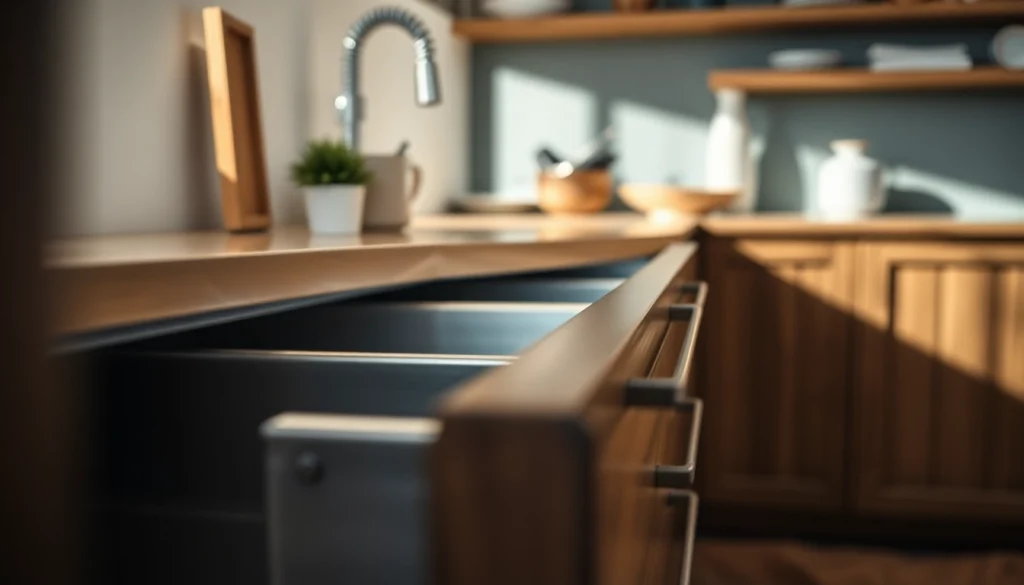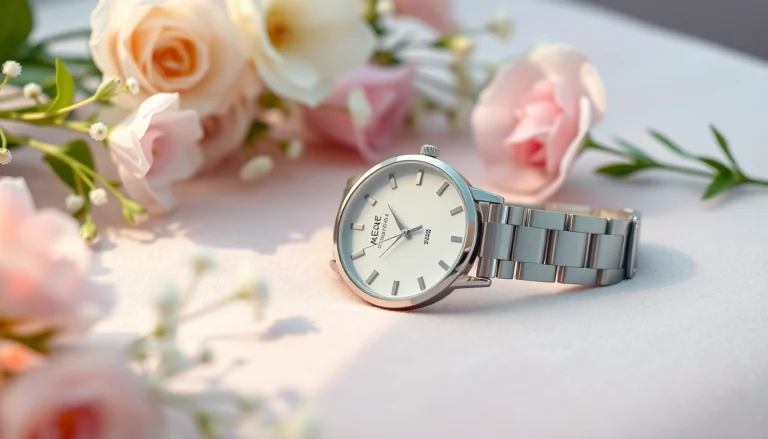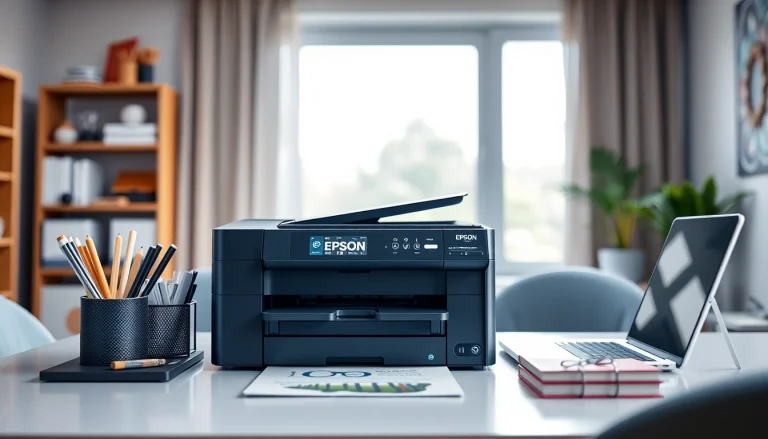
The Essential Features of Metal Drawer Systems
When it comes to interior design, functionality is just as important as aesthetics. One of the key components of any home or office is a well-designed drawer system. Among the various options available, Metal Drawer System has emerged as a preferred choice for many homeowners and architects alike. This article delves into the essential features of metal drawer systems, exploring why they are favored over other materials, common installation methods, and considerations for durability and maintenance.
Why Choose Metal Drawer Systems?
Metal drawer systems have gained popularity for several compelling reasons:
- Durability: Metal systems are inherently stronger than their wooden counterparts, making them ideal for heavy use in kitchens and workspaces.
- Load Capacity: Most metal drawer systems can handle significant weight without warping or bending, providing an excellent solution for heavy items.
- Clean Lines and Modern Aesthetics: Metal offers a sleek, contemporary look that many design enthusiasts appreciate, fitting in well with modern decor.
- Easy Maintenance: Unlike wood, metal does not require special treatments to resist moisture or pests.
- Fire Resistance: Metal drawers can offer greater fire resistance compared to wood, adding an extra layer of safety.
Common Installation Methods
When installing metal drawer systems, there are several methods that are widely accepted. Here are a few:
- Side-Mounted Slides: These are the most common installations and utilize brackets on each side of the drawer. They are easy to install and can be adjustable.
- Bottom-Mounted Slides: These are installed beneath the drawer, providing a clean look while also offering smooth operation.
- Center-Mounted Slides: Mounted in the center of the drawer, these slides are less common but provide a different aesthetic and functionality.
- Undermount Slides: A superior option for avoiding side clearance, undermount slides keep the focus on the drawer’s clean lines.
Durability and Maintenance Considerations
Metal drawer systems are renowned for their durability; however, attention must still be paid to maintain their functionality. Some points to consider include:
- Regular Cleaning: Dust and debris can accumulate over time, so regular cleaning is essential. Use a mild detergent and a soft cloth.
- Lubrication: Apply a silicone lubricant to the moving parts periodically to ensure smooth operation.
- Monitoring for Damage: Inspect for any signs of rust or wear, particularly if the drawers are in a humid environment.
Popular Variations in Metal Drawer Systems
Metal drawer systems are not one-size-fits-all; several variations exist to meet diverse needs and preferences:
Heavy-Duty Metal Drawer Options
For those who require extra strength, heavy-duty metal drawer options are available. These systems are specifically designed to support larger weights, typically exceeding 100 pounds, making them suitable for tool storage, commercial kitchen applications, and more. They often feature reinforced corners and thicker metal side panels.
Soft-Close vs. Self-Close Mechanisms
Choosing between soft-close and self-close mechanisms can significantly impact user experience. Soft-close systems gently pull the drawer closed, ensuring a silent and smooth operation, while self-close systems automatically pull the drawer shut once it is pushed close to the frame. Understanding the subtle differences in these mechanisms will aid consumers in selecting the best option for their needs.
Customization and Aesthetic Choices
Metal drawer systems also offer a range of customization options to fit individual styles. They come in various finishes, such as brushed metal, painted colors, or powder-coated variants. Furthermore, handle options can also be adapted to match the overall decor of the space, offering both functionality and style.
Comparing Metal Drawer Systems with Other Materials
When considering a drawer system, it’s important to compare metal with other materials to weigh the pros and cons:
Wood vs. Metal Drawers: Pros and Cons
While wooden drawers offer a warm, classic aesthetic, they come with certain limitations such as susceptibility to warping and potential insect damage. In contrast, metal drawers excel in strength and load capacity but may lack the warmth and traditional feel of wood. Consumers often weigh factors such as aesthetic preferences and functional needs when making their choice.
Hybrid Systems: Combining Strength with Style
Some manufacturers have begun to produce hybrid systems that incorporate both wood and metal, blending the best of both worlds. Such systems can provide the elegance of wood on the exterior while maintaining the durability and strength of metal in the structure.
The Environmental Impact of Material Choices
Environmental considerations are increasingly influencing consumer choices. While wooden systems can be sourced sustainably, metal systems can also be produced with recycled materials, reducing their environmental footprint. Ultimately, discerning consumers are advised to research and verify manufacturers’ sustainability practices before making a decision.
Installation Tips for Metal Drawer Systems
Proper installation is crucial to ensure the longevity and functionality of metal drawer systems. Below are some tips and best practices:
Tools and Materials Needed for Installation
Before beginning installation, gather the following tools:
- Drill
- Screwdriver
- Measuring tape
- Level
- Pencil
- Hardware for slides and brackets
Step-by-Step Installation Guide
Follow these steps to install your metal drawer system:
- Measure: Measure the space where the drawer will be installed and ensure you have the right size.
- Attach Slides: Install the slides according to the manufacturer’s instructions, ensuring they are level and secure.
- Insert Drawer: Line up the drawer with the installed slides, and push it in gently, checking that it operates smoothly.
- Test Operation: Ensure the drawer extends and closes without obstruction, adjusting as needed.
Troubleshooting Common Issues
Issues may arise during installation or use, such as misalignment or sticking. Here are some common solutions:
- Drawer Misalignment: Check the installation level and make adjustments as necessary. Ensure all screws are tight.
- Sticking Drawers: Inspect for any debris in the slide path and ensure lubrication is applied to moving parts.
- Weight Distribution: Ensure that the drawer isn’t overloaded and that weight is evenly distributed.
Best Practices for Maintenance and Care
Pledging to maintain your metal drawer systems can help extend their life. Here are several maintenance strategies:
Cleaning and Care Tips for Longevity
Maintaining the appearance and functionality of metal drawers is simple with regular care:
- Dusting: Regularly wipe surfaces with a soft, dry cloth to prevent dust accumulation.
- Deep Cleaning: For tougher stains, a mild detergent solution can be utilized. Avoid abrasive cleaners that can scratch the surface.
Identifying and Repairing Wear and Tear
Even the best systems can experience wear over time. Recognizing early signs of deterioration is crucial:
- Rust: If you notice rust, address it immediately with appropriate rust removal methods and consider repainting if necessary.
- Loose Hardware: Conduct regular checks on screws and bolts to ensure they are tight.
Upgrading Your Metal Drawer System
As trends evolve and needs change, upgrading your metal drawer system can be a smart move. This can involve replacing old slides with modern soft-close systems or adding dividers for better organization. Research companies that specialize in upgrades to discover available options and compatibility with existing systems.
In conclusion, the versatility and practicality of metal drawer systems make them a sound investment for any home or workplace. By understanding their features, installation practices, and maintenance requirements, consumers can fully leverage their benefits, resulting in beauty and functionality in their spaces.






